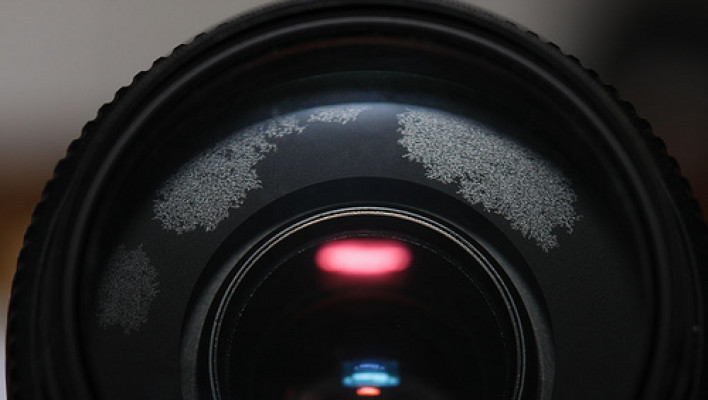A SILENT CAMERA KILLER
Author: GABRIEL HARDING Date Posted:19 January 2018


So, you’re serious about your photography. You just went out and treated yourself to a nice brand new DSLR and a couple of lenses. Now you can start on your around the world trip and where do you start? The tropics of course. But there’s a camera killer here and she’s a tricky one to deal with. No worries though because as long as you take care of your gear and USE IT you won’t have any problems.
When I made the decision to leave the States and start a new life in the Dominican Republic I bought myself a Canon T3i because I knew of all the amazing photo opportunities that awaited me here. This was my first DSLR camera and I have to admit I didn’t know too much about maintenance, or that it was really bad to flip your lens on the beach to get that awesome macro shot you wanted. Yes, I took off my lens on the beach and turned it around -_-. But with all experiences comes lessons and I learned many with my first camera.
For Starters:
NEVER take off your lens on the beach. If you ever roam the beach at night, take out a flashlight and turn it on. You can actually see all of the salt floating in the air and blowing around. Now open your camera in this environment and you just let all of that salt into the main housing. Combined with the humidity in the tropics, it’s a feast for mold.
Mold grows from spores, and spores are everywhere. Change lenses once and you probably just let some spores into your camera. Spores alone aren’t a problem though. Spores create mold and mold feasts off dust. You just took your lens off on the beach and gave a banquet of food to a bunch of microscopic organisms. YUM! Not really though, because now you have a major problem and you need to fix it….fast.
If you catch the mold early, it’s usually not a problem because generally, it will start growing around the corners of your lens which many times won’t affect the quality of your picture. If not it will grow internally and start messing with the functions of your camera, like your auto-focus. Whether you catch it early or late, a quick way to stop the problem from getting worse is to take your camera out during a sunny day and take some pictures. The UV light will kill the mold, and although its tracks won’t go away, at least it’ll stop growing. Some people will tell you to leave your lens in the sun, but please don’t. The UV rays will mess with things inside of your camera and lens if left roasting.

Tips I Found Work:
USE YOUR GEAR!: The most important tip I can give you for keeping your gear free from mold is to actually use your gear. This will expose it to the sunlight, get the pieces inside moving and most importantly, make you a better photographer!
Silica Gel: Add some silica gel packets to your gear bag, they will absorb any moisture in the air. Make sure to leave your silica gel packets in full sun every once in a while, once a week if possible, this will “restart them”.
Dry Your Bag: If you live in a humid climate make sure to fully dry your bag every once in a while. Flip it inside out, dust off any sand and debris and let it roast in the sun for a bit. Even if you think your camera bag is fully dry, if you haven’t done this, or any other drying method, there is definitely moisture in your bag.
Clean Your Gear: This especially goes to anyone taking pictures in dusty or sandy environments, like the beach. After one beach photography session your camera is covered in salt and salt corrodes everything. Do yourself a favor and wipe it down with a moist cloth when you get home. Also, do a full gear clean at least once a month.
Use Dry Cabinets: Choose a professional dry cabinet on the market and remember to leave all your gears inside of it with proper HR settings. In couple of months time, you will appreciate the choice you've made.
There are many other options to prevent mold in a humid country, some of which are a little more pricy. You can simply install AC in a room and always have it in that area of the house. You can also build a box that houses a UV light that is constantly on which will prevent the mold from growing. I’ve also had people tell me to have a rice housing and put the camera in there whenever the humidity is high. I don’t recommend that though as the dust that rice leaves behind will get into every nook and cranny of your camera.
Photo Credits:
Mold on Lens: Vincent Pang
POSTED IN PHOTOGRAPHY TIPS






